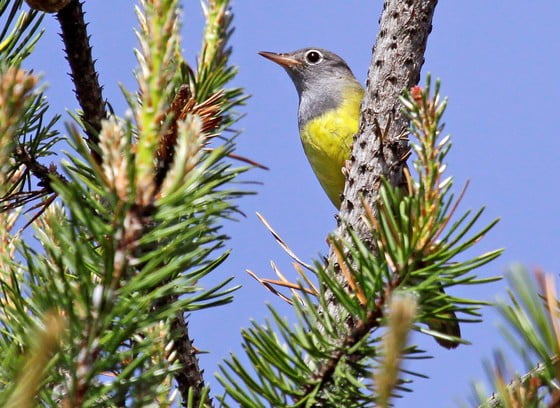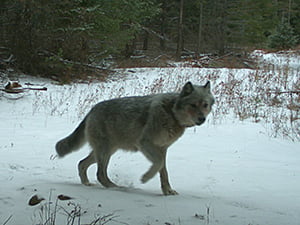
On a recent visit to Lower Dean Lake, Ann Geisen, wildlife lake specialist with the Minnesota Department of Natural Resources, looked out at what she called a gorgeous stand of wild rice.
“We’re happy to have a part in managing this lake for wild rice and wildlife. Favorable weather helps the rice, too,” Geisen said. “Wild rice and its harvesting are fundamental to Minnesota’s tribal nations, and many other Minnesotans also enjoy harvesting wild rice. Our state has more acres of natural wild rice than any other state in the country.”
Wild rice harvesters are preparing to scout and harvest rice this year, and wildlife managers around the state are seeing highly variable rice conditions. Harvesters are allowed to take ripe wild rice each year between Aug. 15 and Sept. 30.

More than 2,000 lakes and rivers in 64 Minnesota counties contain wild rice, with concentrations of rice being the highest in Aitkin, Cass, Crow Wing, Itasca and St. Louis counties. But harvestable stands of rice can be found from the Canadian border to the Twin Cities metro area.
In some parts of the state this year, rice stands are poor due to abundant rain and high water. But other parts of the state have excellent rice beds. Harvesters who spend some time scouting waters before the rice is ripe should have good success.

In 2001, the DNR and Ducks Unlimited began a cooperative project to manage water levels on wild rice lakes by keeping outlets free of beaver dams and obstructions. That effort continues today. As many as 110 wild rice lakes have been managed annually in Minnesota as part of the project.
While wild rice management helps keep lakes at the appropriate water levels, rainfall adds to the equation. With Minnesota’s climate changing rapidly, the state is seeing larger, more frequent extreme precipitation events. For wild rice, the extreme weather events associated with climate change can cause water levels to rise rapidly, resulting in failed rice stands.
“We are concerned with predictions that there will be more heavy rain events in the future,” Geisen said. “For the DNR, this means we need to do what we can, where we can to manage water levels for wild rice.”
In addition to being a traditional food source for Minnesota’s early inhabitants and an important part of American Indian culture, wild rice is an important food staple for migrating waterfowl each fall. The growing plants also provide important habitat for fish, invertebrates and waterfowl broods.
Peak harvesting dates are estimated to be in late August to mid-September as long as weather remains mild and dry. Like other forms of gathering, finding a mentor who is willing to share skills and knowledge can greatly improve success. Scouting lakes ahead of time can also be very helpful for finding harvestable stands of rice and locating access sites.
Minnesota’s green rice law makes it illegal to harvest unripe or “green” rice, even within the Aug. 15 to Sept. 30 harvest season. So even though rice beds may look like they are ready, ricers must make sure the grain is ripe and falling easily from the stalk before attempting to harvest it.
For a wild rice season outlook, more information about wild rice management, and wild rice harvesting license and regulation information, visit the DNR’s wild rice management page at mndnr.gov/wildlife/shallowlakes/wildrice.html.


